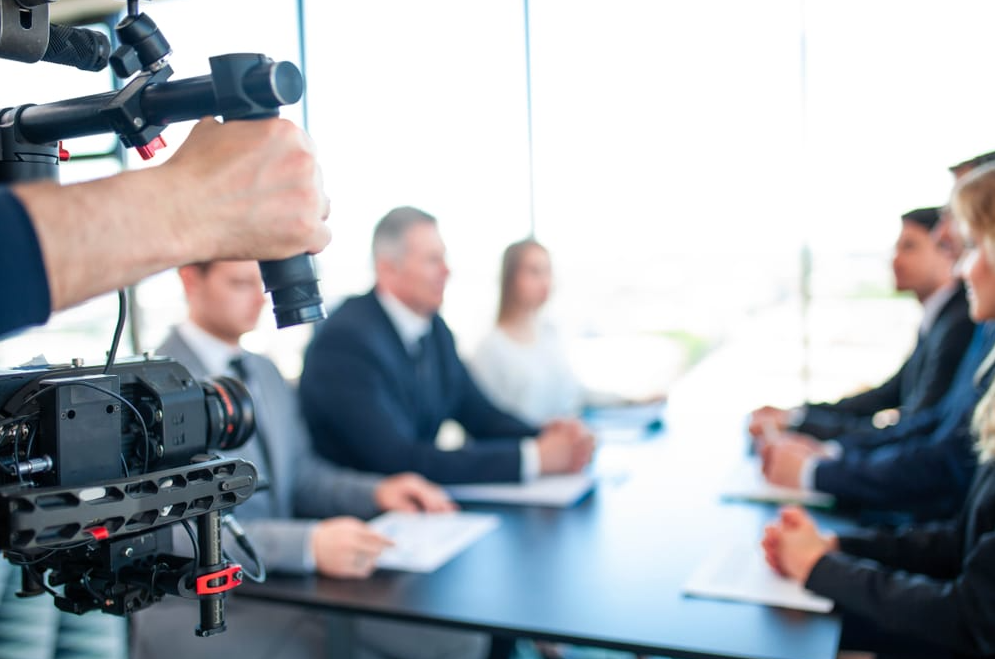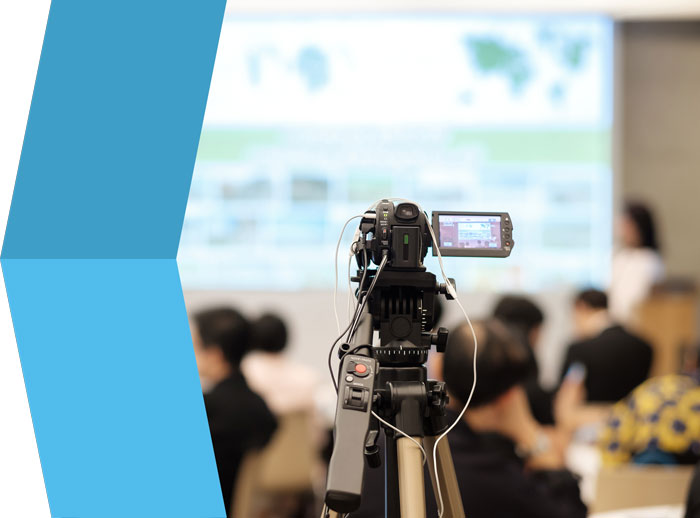The Relevance of Legal Videography in Court Room Presentations
Legal videography has actually emerged as a necessary device in court room presentations, supplying a multidimensional viewpoint on witness statements that goes beyond plain records. As we check out the various facets of lawful videography, including its benefits and finest techniques, it becomes apparent that its impact on the judicial procedure warrants a more detailed examination.
Understanding Lawful Videography
Just how does legal videography boost court presentations? Lawful videography is a customized area that records visual and audio recordings of court room procedures, depositions, and witness testaments.
The process involves using premium video clip devices and specialist strategies to ensure quality and integrity. Legal videographers are trained to understand court room protocols and the lawful importance of the recordings they produce. This experience ensures that the end product complies with legal criteria and can be accurately used as evidence.
In addition, legal videography acts as an invaluable tool for appellate instances, where examining the initial statement is crucial. The ability to take another look at witness statements in their original context help in understanding subtleties that might be lost in composed transcriptions. In recap, legal videography improves court discussions by providing a comprehensive, exact, and engaging method of recording and providing proof, inevitably contributing to a more educated judicial process.

Advantages for Lawyers
Legal videography provides considerable benefits for lawyers, boosting their capacity to existing situations efficiently. One of the primary advantages is the capacity to catch witness testimonies and depositions with accuracy, making certain that the subtleties of spoken and non-verbal interaction are maintained. This enables attorneys to provide a compelling story that shows the trustworthiness and emotions of witnesses.
Moreover, lawful videography offers a vibrant option to traditional documents. Video proof can streamline complicated testimony, making it more obtainable and appealing for judges and courts. This visual format can additionally improve retention of critical details, as jurors are typically much more likely to remember what they see than what they hear.
In addition, the expert quality of legal video clip can strengthen an attorney's credibility (legal videography). A well-produced video shows extensive prep work and interest to detail, which can positively affect the assumption of both the attorney and their situation. The use of legal videography can expedite trial processes, as it permits for quicker referral to tape-recorded testimonies, minimizing the demand for prolonged analysis of records.
Enhancing Jury Involvement
Enhancing jury interaction through making use of legal videography can considerably influence the effectiveness of court room presentations. In an environment where jurors are entrusted with taking in complex details, aesthetic help can act as an effective device to preserve attention and promote weblink understanding. Legal videography transforms conventional evidence right into dynamic aesthetic narratives, allowing jurors to attach psychologically and cognitively with the material provided.
The incorporation of video clip evidence can make clear complex information that might be challenging to share through verbal statement alone. By providing a visual representation of occasions, the jury can extra conveniently realize the context and subtleties of the instance, bring about notified considerations. Additionally, legal videography can evoke a sense of realistic look, producing a stronger link with the facts and fostering empathy for the individuals involved.
Reliable legal videography likewise suits diverse discovering styles within a court, improving retention of the information offered. By interesting both auditory and visual students, lawyers can make sure that their disagreements resonate with a more comprehensive target market. legal videography. Eventually, the critical usage of legal videography not just catches jurors' attention but additionally improves their overall understanding, resulting in even more equitable verdicts
Kinds of Legal Video Proof

One more substantial kind is security footage, which can supply crucial context in criminal situations. This video clip evidence commonly aids develop timelines, areas, and actions of people entailed in a case, thus assisting the jury in creating an extensive photo of the occasions.
Demonstrative proof in video style is likewise necessary, as it can highlight complex principles or recreate crash scenes. Such video clips aid jurors visualize circumstances that are or else hard to understand through spoken descriptions alone.

Finally, evidence from body-worn electronic cameras made use of by police can use an unfiltered view of interactions throughout critical incidents, adding to openness and liability. Each of these video clip types plays a crucial function in the court, improving the general presentation of proof and supporting a fair judicial process.

Best Practices for Execution
Just how can legal experts properly incorporate videography into their court room discussions? It is critical to pick knowledgeable videographers that recognize the lawful context and can guarantee that all recordings stick to relevant regulations.
Following, professionals must plan the videography in development, recognizing essential minutes and testimonies that will improve their situation. This calculated strategy enables focused content that reverberates with the court. Organizing the videos into coherent segments customized to the court room's technology will promote smooth combination during discussions.
In addition, lawful groups need to practice just how to offer the video clip evidence effectively, guaranteeing that all members are acquainted with the web content and the innovation being used. This preparation lessens disturbances and makes the most of impact. Lastly, maintaining a clear story and connecting the video proof to the overarching instance style will certainly strengthen the arguments being made.
Conclusion
To conclude, lawful videography substantially improves court presentations by giving an extensive and interesting tool for witness statements. Its capability to catch both verbal and hop over to here non-verbal signs aids in the quality and efficiency of evidence, inevitably sustaining fairer decisions. By sticking to well established procedures and employing ideal techniques, legal videography offers as a very useful device for attorneys, cultivating better court engagement and understanding of complicated information within the legal process.